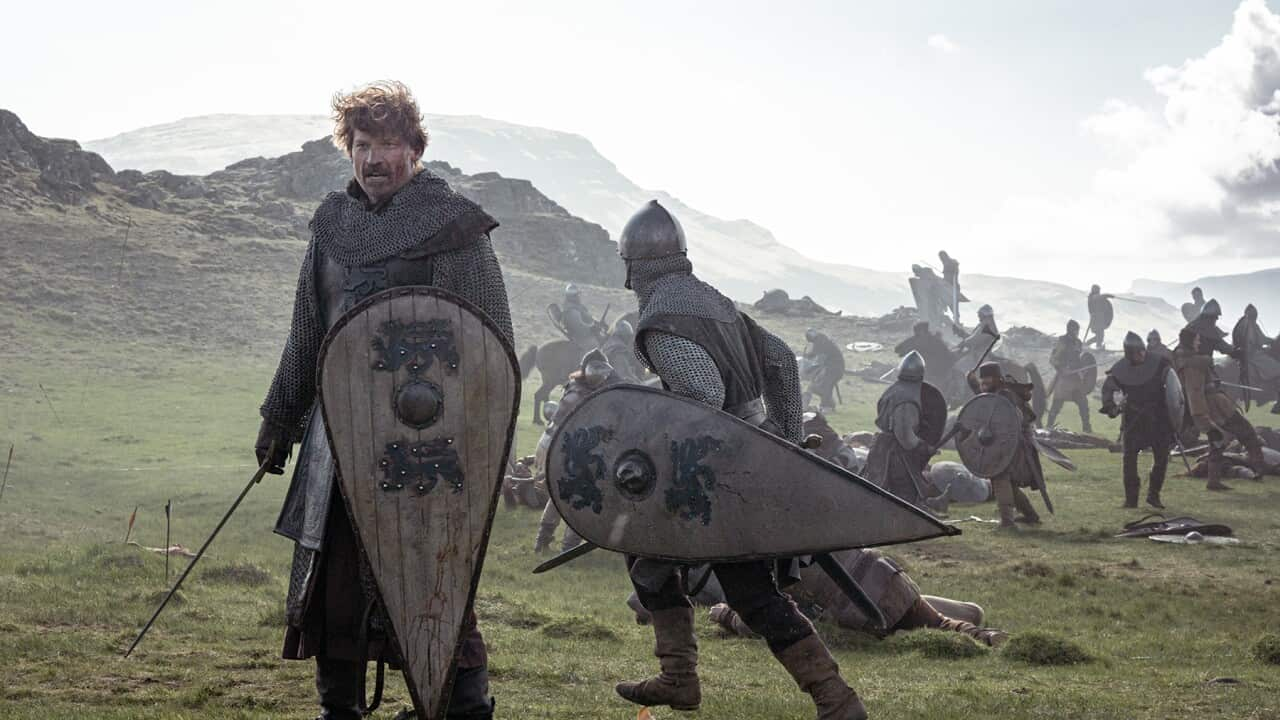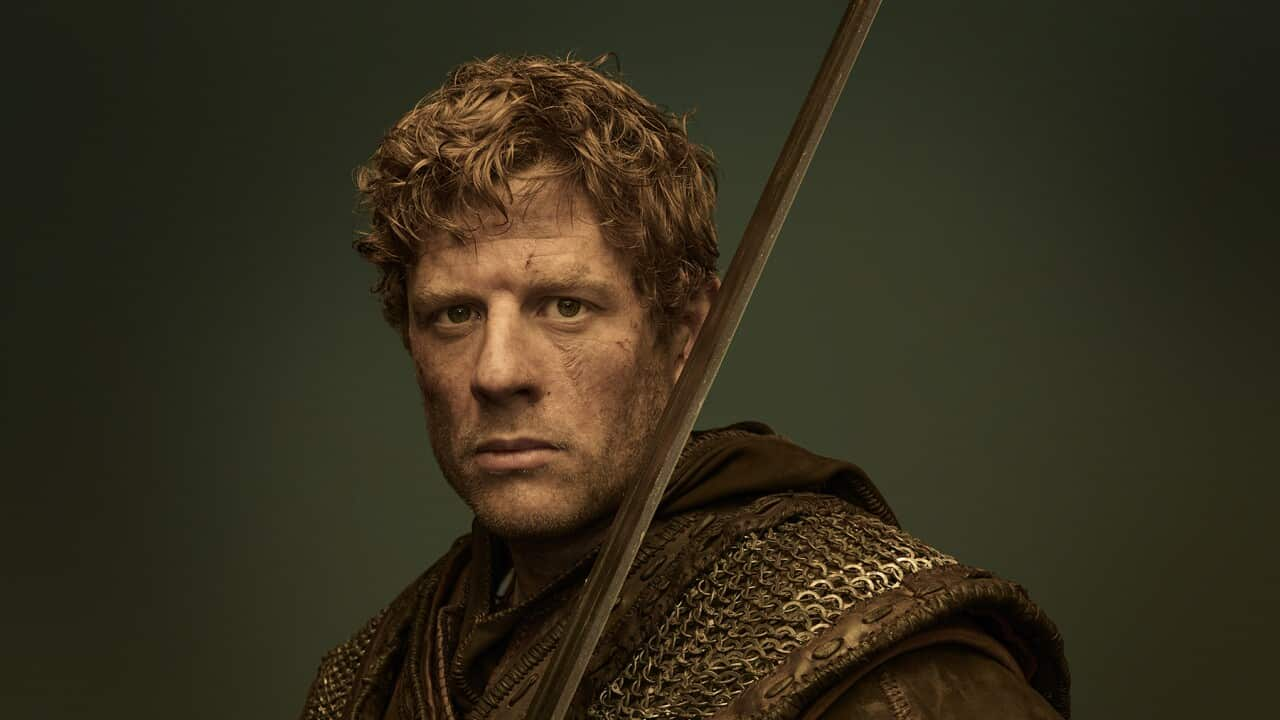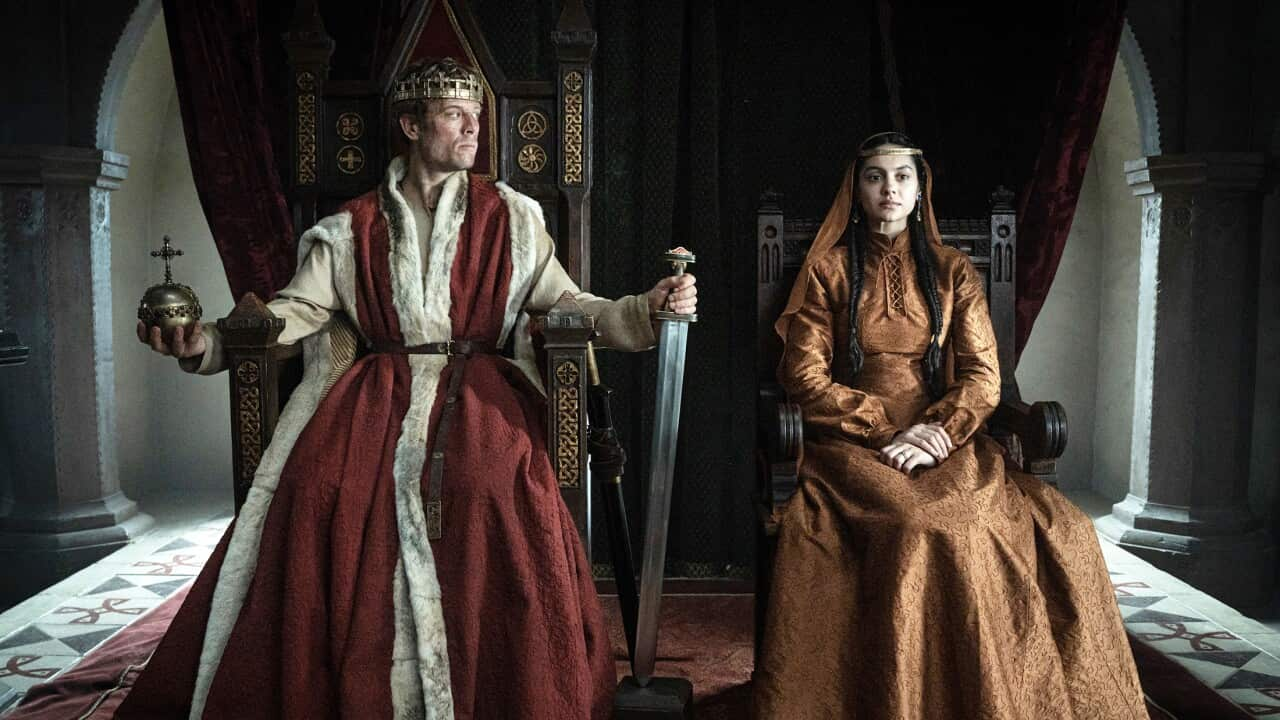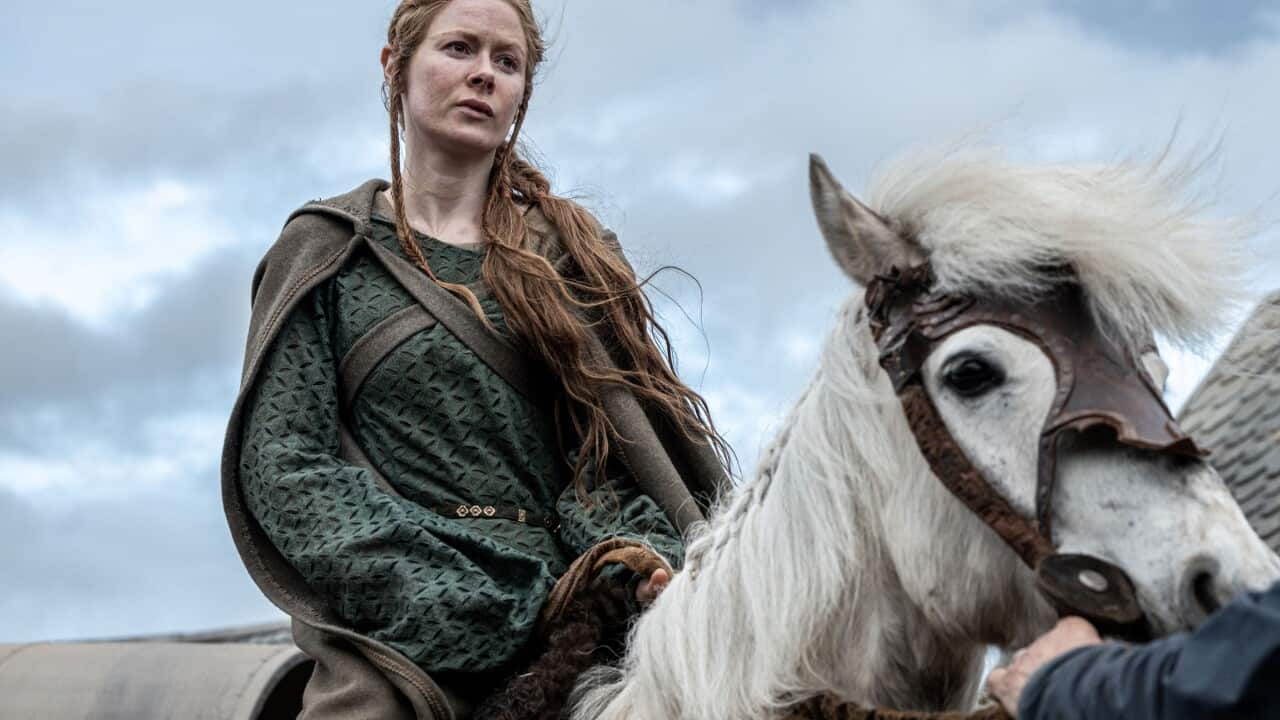King & Conqueror begins where it ends: with the Battle of Hastings in 1066. It’s a clash of armies led by two men, each determined to rule England and control the course of history – but just how accurate is the series when it comes to that history? Obviously, when you’re looking back over the centuries, things get a little murky; here are five things we can safely say the series has accurately torn from the pages of history.
The Battle of Hastings not only happened, but also shaped 1000 years of history
King & Conqueror is all about the events leading up to the Battle of Hastings, so let’s get this straight up front: The Battle of Hastings actually happened. Which might seem obvious, but let’s be honest: that’s not something we can say with any real confidence about pretty much everything that took place a thousand years ago.
The reason we’re 100 per cent sure it happened is because it was a massive event that changed the future in almost every way for England, and by extension, the world. Even the English language that we use today – chock full of French words and quirky ways of saying things – is in large part a result of the Battle of Hastings. So, the stakes here really are about as big as they get: if the wrong side had won, we’d likely have different words for villain, armour and government.
Lady Emma was the power behind multiple thrones
We first meet Lady Emma (Juliet Stevenson) as her son Edward (Eddie Marsan) is about to be crowned King of England. Right from the start, it’s clear she’s planning to be the power behind the throne, with much plotting and scheming and pulling of strings to come. Is this all just historical revisionism designed to give the story a extra strong female character? Hardly.
Lady Emma, aka Emma of Normandy, was not someone to be taken lightly. Through multiple marriages, she became Queen of England (twice), as well as Queen of Norway and Denmark during her marriage to Danish King Cnut the Great. Two of her sons became Kings of England, with Edward taking the throne in part due to her desire to keep her own hold on power. So, while Stevenson is clearly having a lot of fun playing her as an evil schemer, it’s not like there were a lot of other options for a woman who wanted to hold onto a powerful position in the eleventh century.
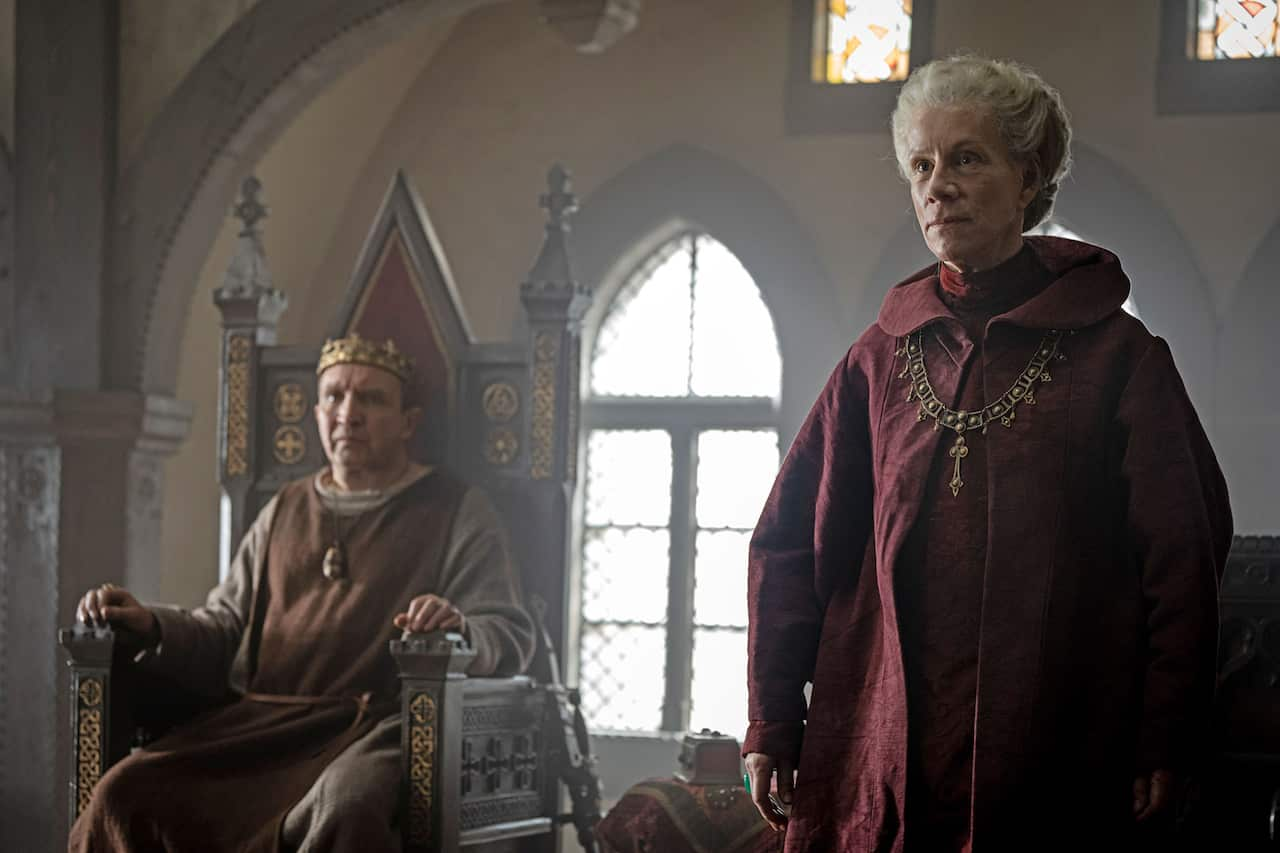
Juliet Stevenson as Lady Emma with Eddie Marsan as King Edward. Credit: Lilja Jons
Edward the Confessor was religious and celibate
King & Conqueror does a great job of fleshing out its female characters, including Harold’s wife Edith and William’s wife Matilda, but it has a big advantage there: many of the female historical figures of the time have not been well served by history. That gives the series a bit of wriggle room to create a range of memorable characters amongst the sisters and wives of the noblemen and power players.
As for the better-known figures, we do know that as king, Edward the Confessor was a pious man who left no heirs, was very likely chaste, and exiled his mother after he became king for meddling in political affairs. All of which matches up with his behaviour here. So, did he wear a saint’s finger around his neck and die in the bath while experiencing a sexual awakening with his wife? Short of getting in a time machine, can anyone prove he didn’t?
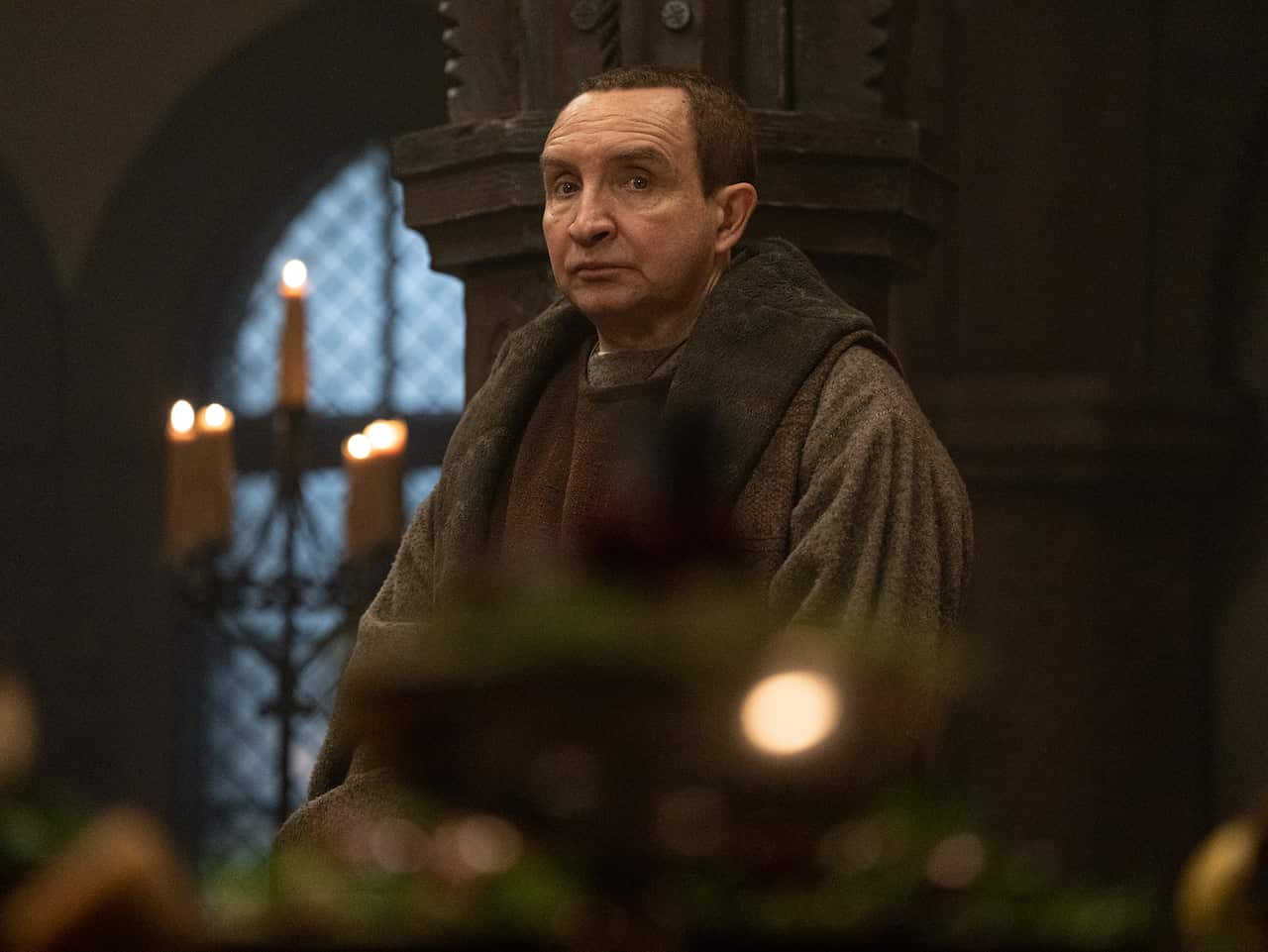
Eddie Marsan as King Edward. Credit: Lilja Jons
Two of his brothers had to die before Harold could claim the throne
As Edward’s brother-in-law and son of the Earl of Sussex, Harold Godwinson (James Norton) is someone with his eye on the prize. He knows the peace under Edward’s reign can’t last, and a lot of the candidates for the top job are less than qualified – and that includes his own brothers.
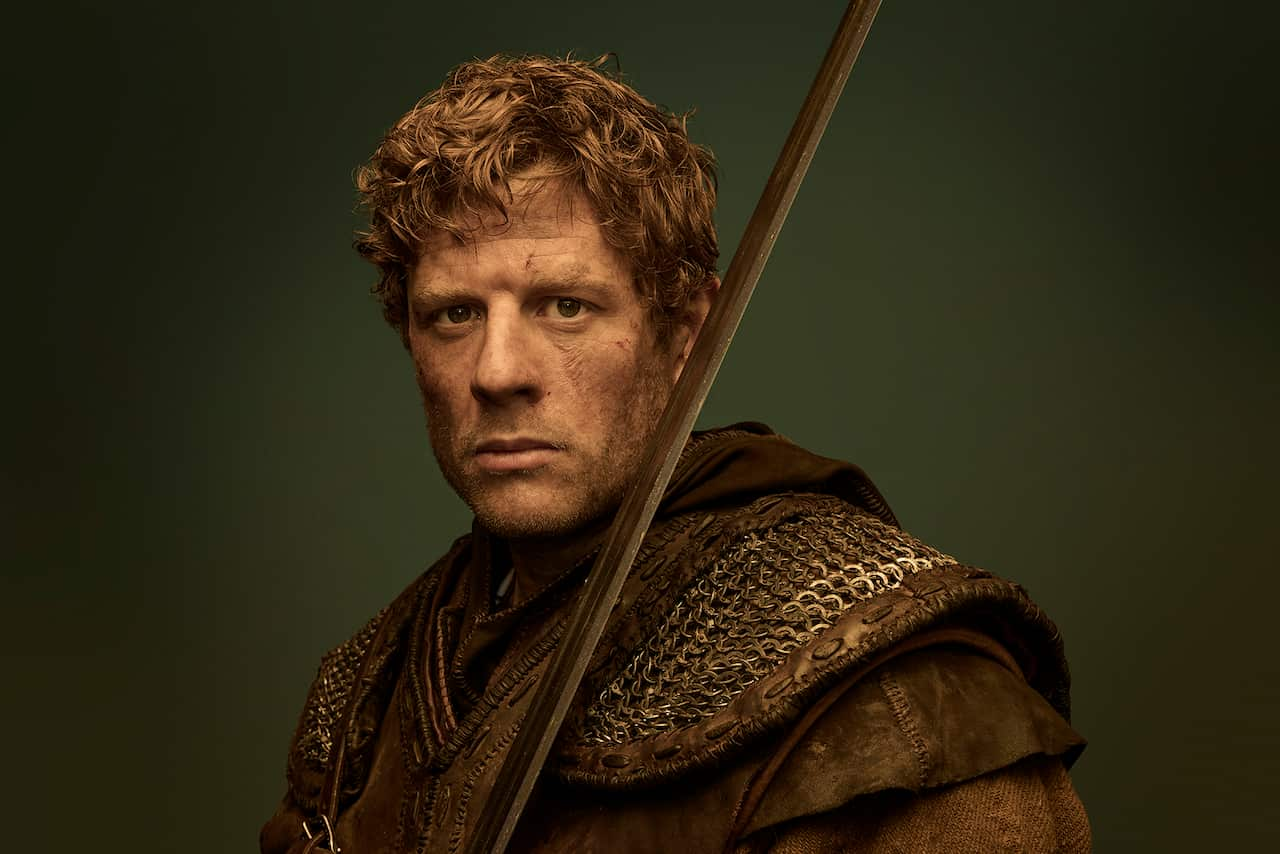
James Norton as Harold Godwinson. Credit: Lilja Jons
The deaths we see of both his brothers in King & Conqueror are historically accurate. Older brother Sweyn (Elliot Cowan) did die in exile on a pilgrimage to Jerusalem, and his younger brother Tostig (Luther Ford) was killed in a battle fighting alongside Viking invaders. And while the series does directly link Harold to both deaths in a way that goes above and beyond the history books, the result is the same: it puts him directly on the path to the throne.
Harold had a “Danish marriage” and fathered children out of wedlock
Before Edwards' demise, Harold was living in Normandy and fathering a bunch of children with Edith (Emily Beecham) in an unofficial “Danish Marriage”. After clawing his way to the throne, he needed to make a political marriage to bolster his position. Enter Margaret (Indy Lewis).
While the history is a little murky, this also basically follows actual events: Harold did have children with Edith, and he did then marry Margaret (only in real life, her name was also Edith). In a sign of just how patchy the history of the period is as far as women go, the fate of “Margaret” after the Battle of Hastings is unknown, even though she was Queen at the time.
William the Conqueror had a dodgy 70s-style moustache?
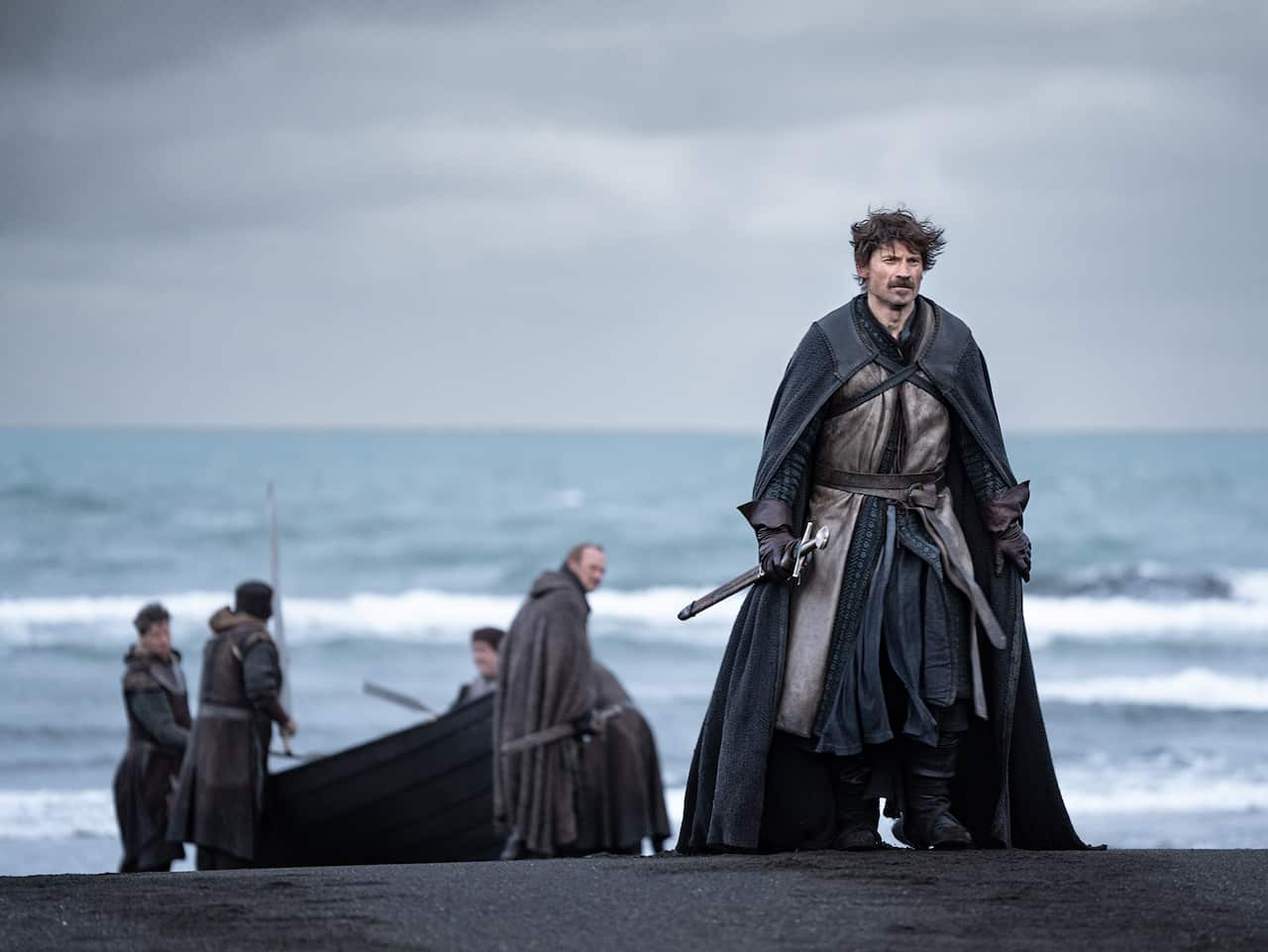
Duke William of Normandy (Nikolaj Coster-Waldau). Credit: Lilja Jons
If King & Conqueror has to show at least three kings of England in the bath to get that point across, it’s a small price to pay.
King & Conqueror premiered in Australia on Sunday 12 October on SBS and SBS On Demand. Find the full details of how to watch here:
READ MORE
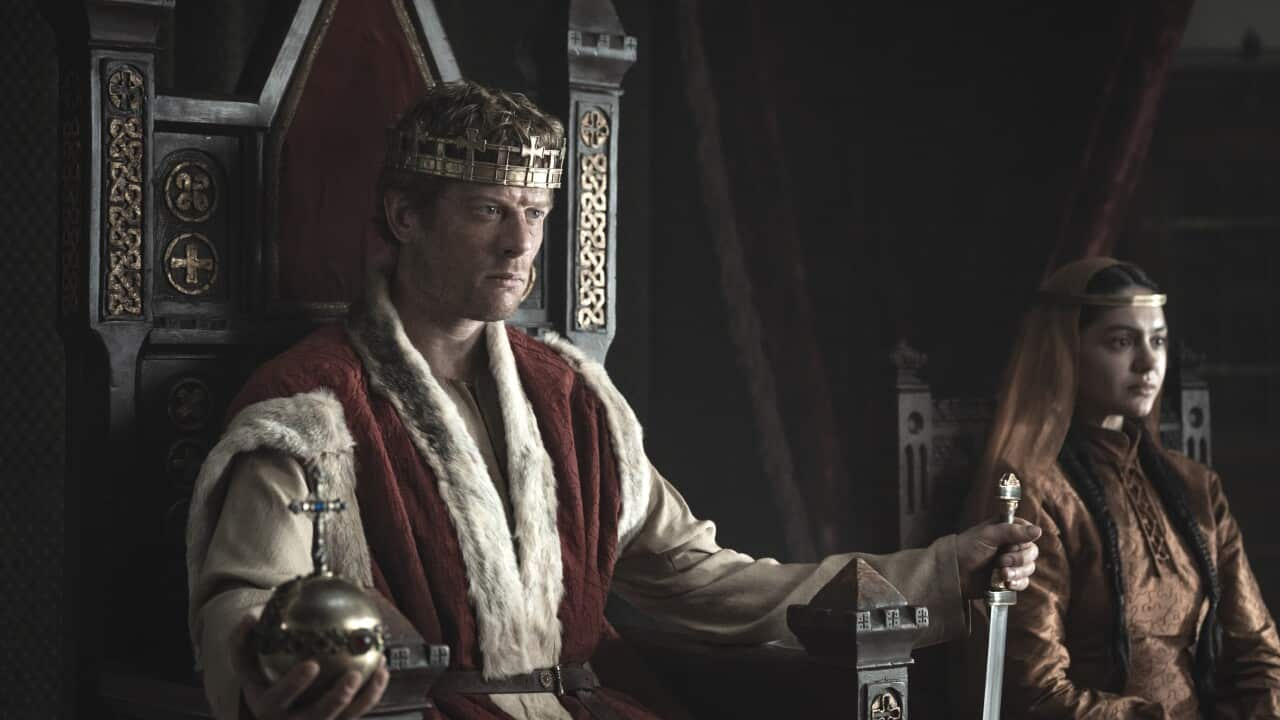
How to watch 'King & Conqueror'
Stream free On Demand

King & Conqueror
series • Drama
MA15+
series • Drama
MA15+
Share
